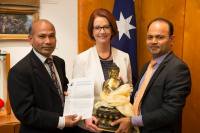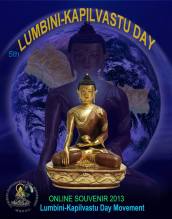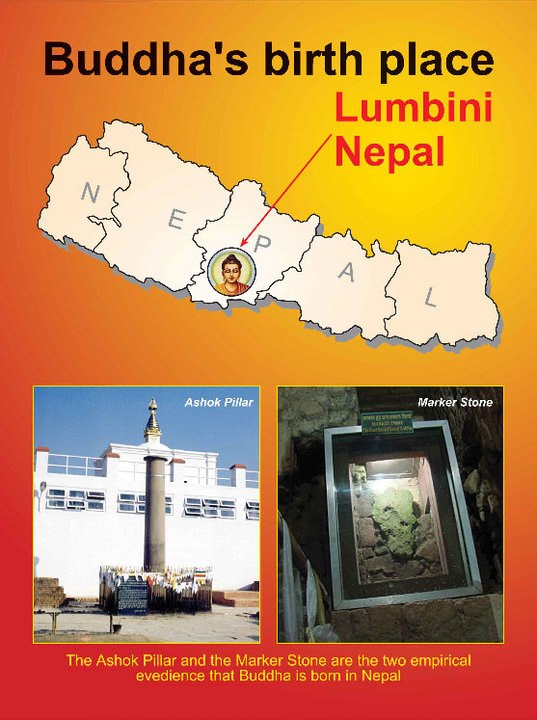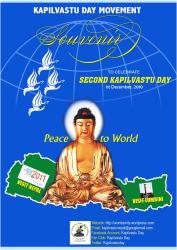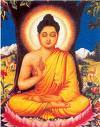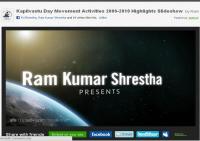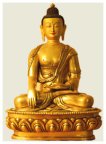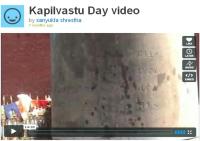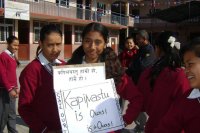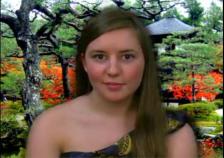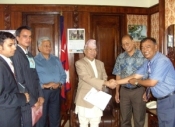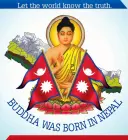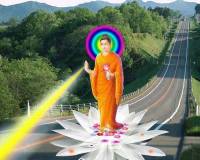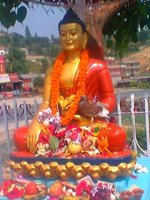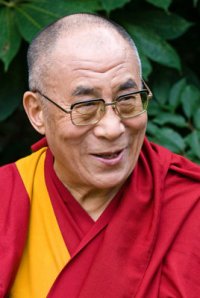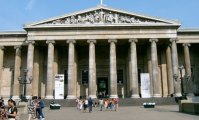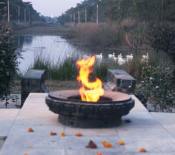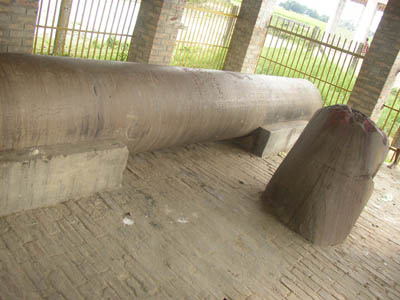By Lary Yang, Buddhist Meditation teacher

By2012 LGBT retreat at Garrison Institute, Garrison, NY
Towards a Multicultural Buddhist Practice
The three “jewels” or the Three Refuges is one of the core elements of Buddhist spiritual practice connected to all Buddhist traditions. In this series, the Refuges of Buddha’s Teachings — the Buddha, the Dharma, and the Sangha — are explored through the lens of culture and cultural experience. These Refuges were offered by the Buddha to create safety and sense of spiritual home so that each practitioner can be invited to relax into the present moment of one’s Life, to be able to explore what this Life is for us, and to cultivate the Life we really wish to live. Even the word “Refuge” has a connotation, a feeling, of a safe haven wherein to go. It is said that when we invoke the Refuges, as happens in the beginning of meditation retreats or practice sessions, there is always someone else in the world taking on the Refuges at exactly the same moment. Across cultures, the intentions to create peacefulness and safety in the world are that prevalent.
And the Buddha is about Culture.
The Buddha’s expression about Freedom and Awakening has always been about culture, about diversity, and about the infinite variations in human experience with all the 10,000 joys and 10,000 sorrows of this life. This remains a controversial issue within some Buddhist circles, including my home lineage of Buddhist practice. It may be different for other Buddhist traditions, but within communities of Vipassana or Insight Meditation, there is sometimes a predisposition to idealize the aspirations of spiritual practice, and to assume that the highest intention is to transcend the vicissitudes of this life, to somehow obviate the sorrows of this lifetime so that we only experience the pleasant, peaceful or sublime. I have heard dharma teachers bemoan conversations in diversity and culture, and say something like “Why do we dwell on our differences? The point of practice is to see our similarities.” Read the rest of this entry »
